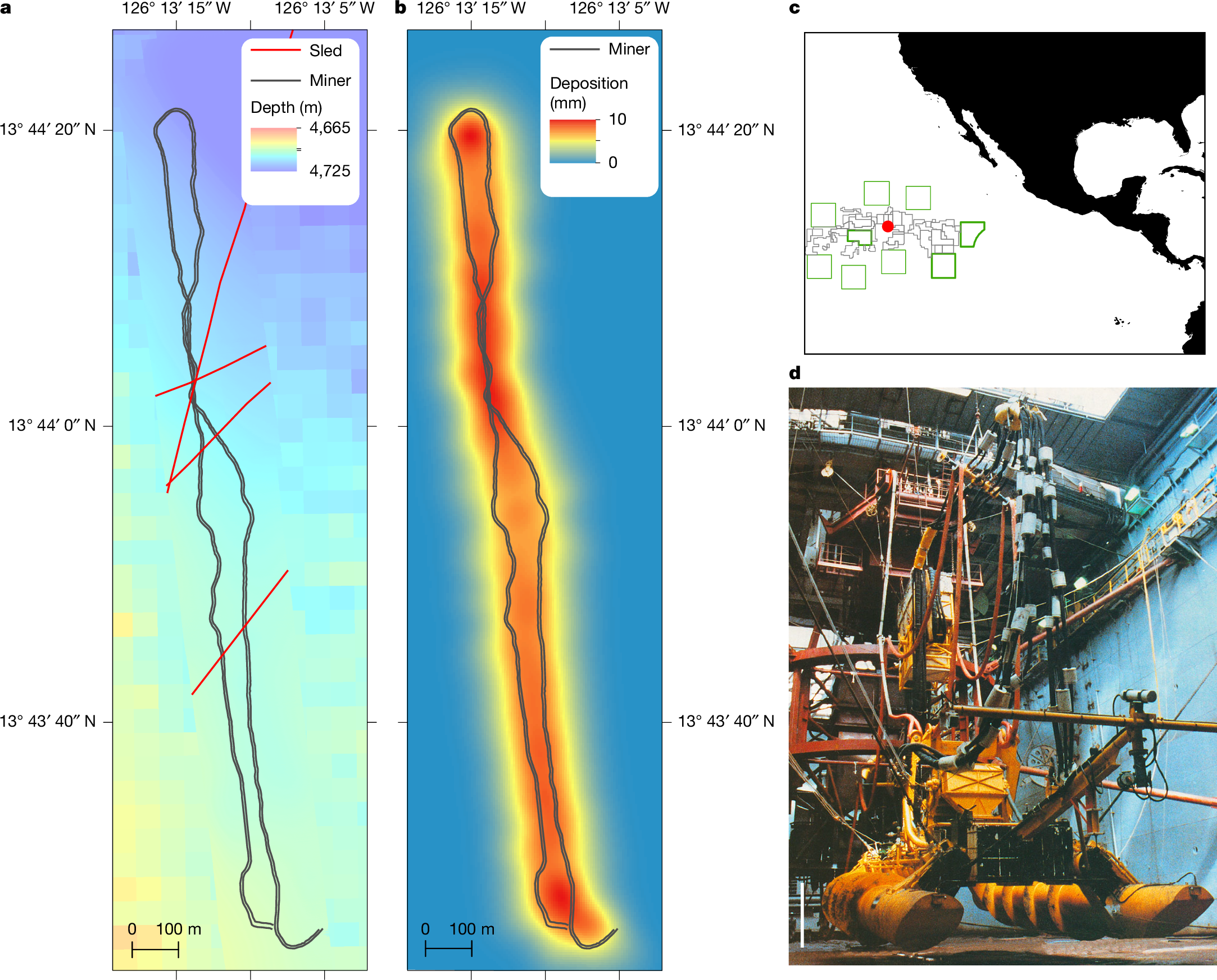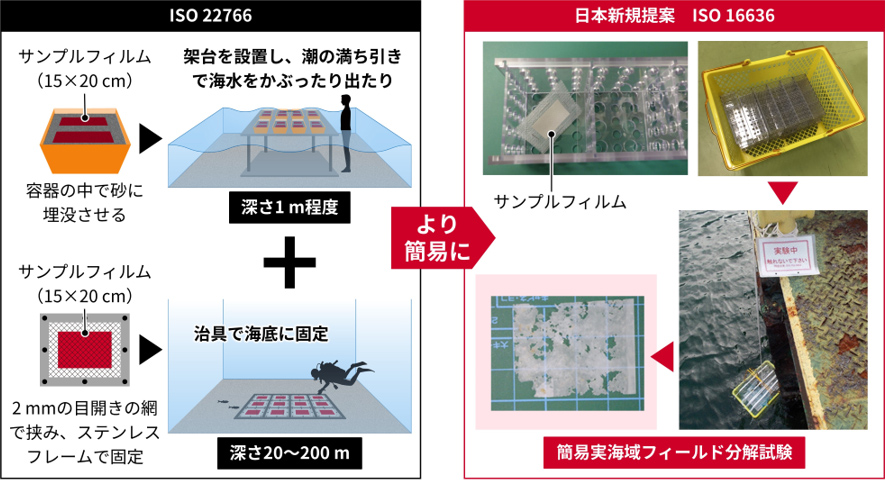2025-04-29 マサチューセッツ工科大学(MIT)
<関連情報>
- https://news.mit.edu/2025/exploring-new-frontiers-mineral-extraction-0429
- https://www.nature.com/articles/s41586-025-08921-3
- https://www.science.org/doi/full/10.1126/sciadv.abn1219
深海採掘トラックにおける長期的影響と生物学的回復 Long-term impact and biological recovery in a deep-sea mining track
Daniel O. B. Jones,Maria Belen Arias,Loïc Van Audenhaege,Sabena Blackbird,Corie Boolukos,Guadalupe Bribiesca-Contreras,Jonathan T. Copley,Andrew Dale,Susan Evans,Bethany F. M. Fleming,Andrew R. Gates,Hannah Grant,Mark G. J. Hartl,Veerle A. I. Huvenne,Rachel M. Jeffreys,Pierre Josso,Lucas D. King,Erik Simon-Lledó,Tim Le Bas,Louisa Norman,Bryan O’Malley,Thomas Peacock,Tracy Shimmield,Eva C. D. Stewart,… Adrian G. Glover
Nature Published:26 March 2025
DOI:https://doi.org/10.1038/s41586-025-08921-3

Abstract
Deep-sea polymetallic nodule mining is in the exploration phase at present with some groups proposing a move towards extraction within years1. Management of this industry requires evidence of the long-term effects on deep-sea ecosystems2, but the ability of seafloor ecosystems to recover from impacts over decadal scales is poorly understood3. Here we show that, four decades after a test mining experiment that removed nodules, the biological impacts in many groups of organisms are persistent, although populations of several organisms, including sediment macrofauna, mobile deposit feeders and even large-sized sessile fauna, have begun to re-establish despite persistent physical changes at the seafloor. We also reveal that areas affected by plumes from this small-scale test have limited detectable residual sedimentation impacts with some biological assemblages similar in abundance compared to control areas after 44 years. Although some aspects of the modern collector design may cause reduced physical impact compared to this test mining experiment, our results show that mining impacts in the abyssal ocean will be persistent over at least decadal timeframes and communities will remain altered in directly disturbed areas, despite some recolonization. The long-term effects seen in our study provide critical data for effective management of mining activities, if they occur, including minimizing direct impacts and setting aside an effective network of protected areas4,5.
深海底の多金属ノジュール採掘用プレプロトタイプ収集車から発生する海底濁流堆積物プルームのその場調査 An in situ study of abyssal turbidity-current sediment plumes generated by a deep seabed polymetallic nodule mining preprototype collector vehicle
Carlos Muñoz-Royo, Raphael Ouillon, Souha El Mousadik, Matthew H. Alford, and Thomas Peacock
Science Advances Published:21 Sep 2022
DOI:https://doi.org/10.1126/sciadv.abn1219
Abstract
An in situ study to investigate the dynamics of sediment plumes near the release from a deep seabed polymetallic nodule mining preprototype collector vehicle was conducted in the Clarion Clipperton Zone in the Pacific Ocean 4500-m deep. The experiments reveal that the excess density of the released sediment-laden water leads to a low-lying, laterally spreading turbidity current. At the time of measurement, 2 to 8% of the sediment mass were detected 2 m or higher above the seabed and were not observed to settle over several hours, with the remaining 92 to 98% below 2 m and some fraction of that locally deposited. Our results suggest that turbidity current dynamics sets the fraction of sediment remaining suspended and the scale of the subsequent ambient sediment plume. The implications of this process, which is characteristically overlooked in previous modeling efforts, are substantial for plume modeling that will lie at the heart of environmental impact statements for regulatory consideration.



